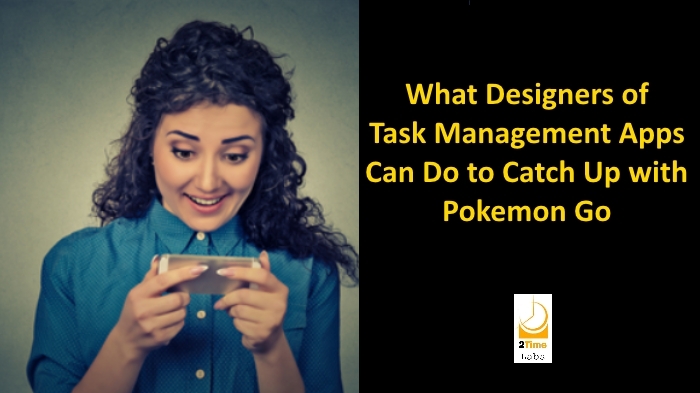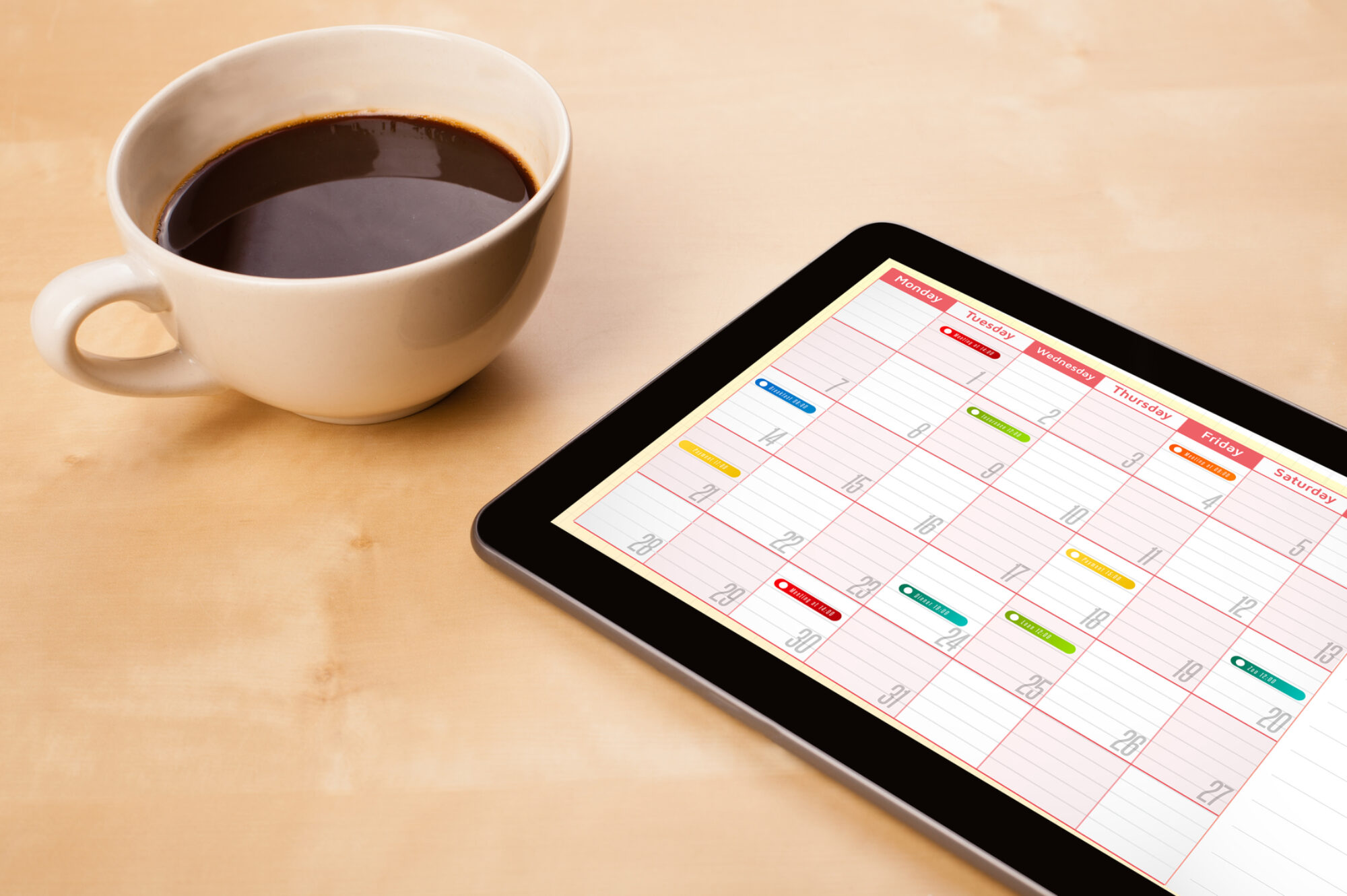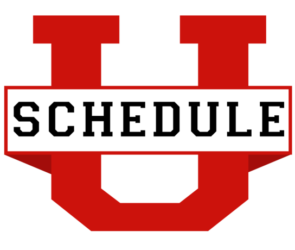There is no shortage of task management apps… just check out the lists here, here and here.
What is missing is a clear winner.
There isn’t a single To-Do or auto-scheduling software that has emerged as the best app by any measure, in spite of advertising, costly mergers and the implementation of technologies like natural language and Artificial Intelligence (AI).
At the same time, there are billions of working adults who, each day, use tools ranging from their memory, to paper to digital solutions to keep track of their time demands. With so many people using different techniques, why hasn’t any single app gained a leading reputation?
It’s not as if the problem is going away. If anything, the list of errors-in-execution is only growing.
So is the expectation that AI-powered technologies should help answer simple questions like “What should I work on next?”
The time is ripe for disruption.
In a three-part series on Medium, I argue that designers/developers have missed the boat. They don’t help users complete the jobs they want to get done and they fail to make their applications engaging to anyone other than fellow nerds.
Here is the first article in the series: What Task Management App Developers Can Do to Catch Up with Pokemon Go

One of the key questions designers must answer is philosophical. Given that they are solving a behavioral problem that must ask, “What is our single theory which explains a user’s habits, practices and rituals?”
When this theory isn’t clear, it’s impossible to design great time-based productivity solutions.
Apps that Time Blockers Use
There are a unique set of apps which make the job of scheduling everything an easier one.
Scheduling apps
These can be broken down into calendars and auto-schedulers.
The most popular calendars are made by Google, Outlook and iCal. They are among the few that allow multiple overlapping calendars which is fast becoming a standard requirement.
There are only a few auto-schedulers which are available. I use SkedPal, which is currently in Beta but open to the public. Others include Focuster, Sheldonize and TimeTo.
Plus, there are features like Google Goals and Todoist Smart Schedule which offer some auto-scheduling capabilities. In the future, we’ll offer reviews of each of these apps.
The big difference between calendars and auto-schedulers is that the latter programs move around and optimize the tasks in your calendar.
Other optional apps
While the apps mentioned above are required for time blockers who have migrated beyond paper, there are others apps which are helpful.
Time Tracking Apps – everyone who attempts to estimate how long tasks take is likely to fall into the planning fallacy: the tendency to under-estimate how long a task will take. Over time, time blockers should become better at this skill and one tool which helps them become better are those which help with time tracking. Apps such as Manic Time, Toggl and RescueTime are good examples. Here is a longer list.
Notification Apps – time blockers are perhaps the most frequent visitors to high productive states of Flow, Deliberate Practice and Deep Work. When they are in these modes, they give all their attention to the challenge at hand, and none to the clock. Instead of interrupting themselves, which is less productive, they use external mechanisms such as administrative assistants or reminder programs. I discuss the challenge of setting up these systems in this Medium article.
Timer Apps – These are designed for real-time use. Some are count-down such as those related to the Pomodoro technique. Others help time blockers stay on track during activities which are likely to run over, such as meetings, social media use and checking email.
There may be other categories of programs emerging, but these are the main ones which are built to serve the needs of someone who wants to master the skill of scheduling everything.

